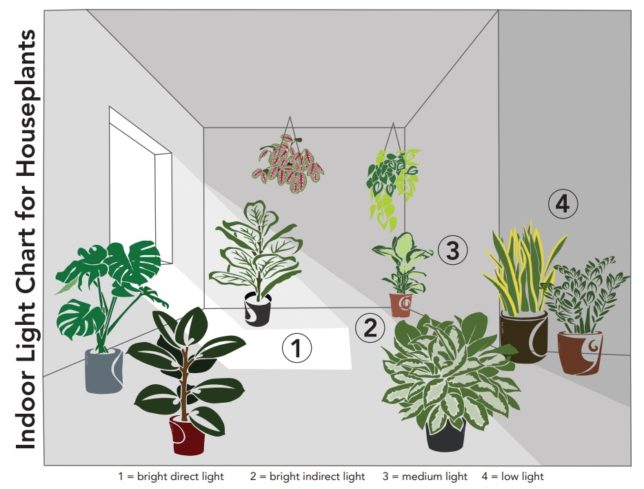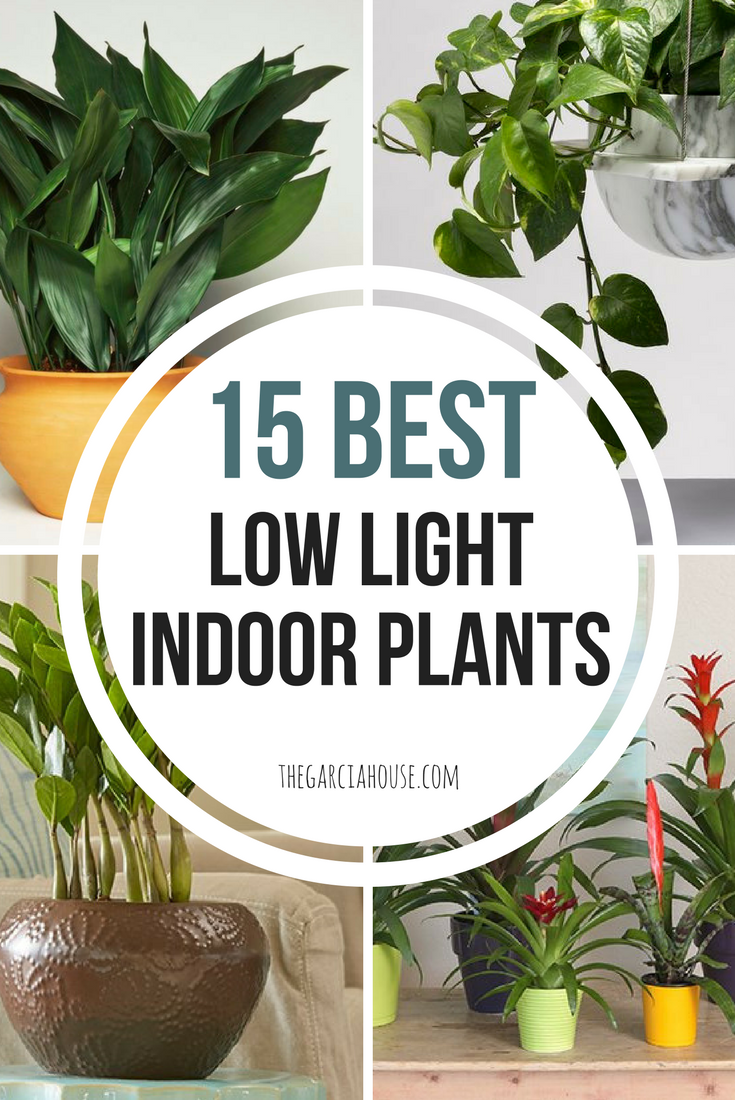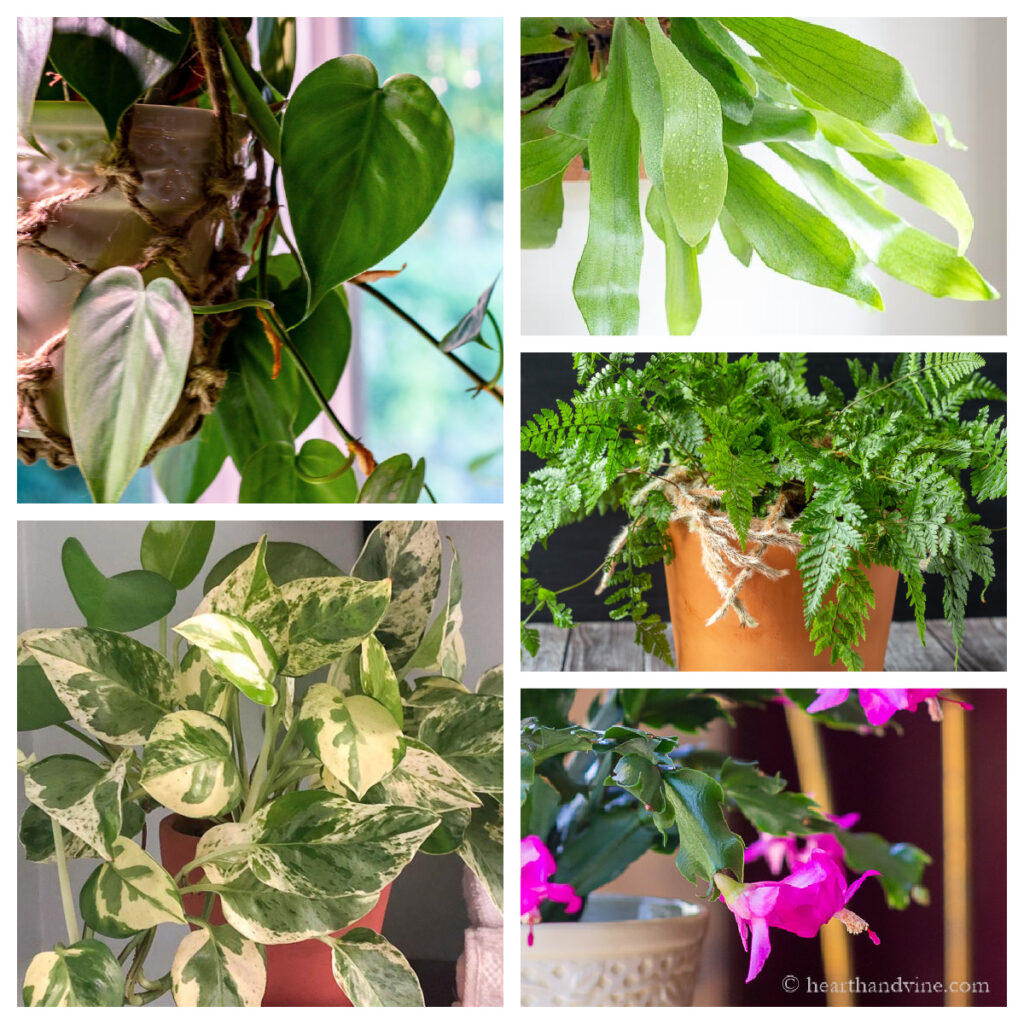Explore the One-of-a-kind Benefits of Low-Light Indoor Plants for Your Living Area
Including low-light indoor plants right into your living room offers a wide variety of advantages that prolong far past plain aesthetics. These durable plants not just prosper in atmospheres with minimal sunlight yet additionally offer crucial features such as air purification and humidity improvement. They can positively influence your mood and total wellness while needing marginal maintenance. As you take into consideration the transformative possibility of these plants, it comes to be necessary to explore just how their unique features can customize your setting to far better serve your lifestyle. What details benefits might reverberate most with your personal room?
Air Purification Benefits
Low-light interior plants not only improve the visual charm of living areas yet also play a considerable role in air filtration. Study has shown that certain plant species can successfully remove typical interior toxins, including benzene, trichloroethylene, and formaldehyde. These compounds usually rise from family items such as furnishings, cleansing products, and structure materials, adding to interior air quality concerns.
Plants such as the serpent plant, pothos, and peace lily are specifically skilled at filtering damaging compounds from the air while prospering in low-light conditions. The process of phytoremediation, wherein plants take in and metabolize toxins, makes it possible for these types to contribute substantially to a healthier indoor environment. Furthermore, via photosynthesis, plants launch oxygen, additionally enhancing air top quality.
Incorporating low-light interior plants into home or workplace areas not just supplies aesthetic benefits yet likewise serves as a sensible technique for enhancing air top quality. By selecting the right varieties, people can develop an environment that promotes well-being and reduces direct exposure to hazardous contaminants, making these plants a vital aspect in contemporary indoor living.

State Of Mind Improvement Effects
Many researches have actually revealed that including interior plants can considerably enhance state of mind and total mental health. The presence of plant in indoor atmospheres has actually been connected to lowered stress levels, boosted sensations of calmness, and improved emotional health and wellness. Low-light interior plants, specifically, thrive in atmospheres where all-natural light is restricted, making them perfect for various living areas.
Research study shows that connecting with plants can stimulate the launch of serotonin, a neurotransmitter linked with feelings of joy and health. Furthermore, the act of taking care of plants fosters a sense of duty and achievement, more adding to favorable mental health results. Low-light plants such as snake plants, pothos, and peace lilies have actually been revealed to enhance air top quality, which is inherently connected to mood improvement.
Including these plants into your home or office can create a tranquil atmosphere, using a sensory and visual getaway from the hustle and bustle of life - Best low-light indoor plants. As people spend increasing quantities of time inside your home, the mood-enhancing effects of low-light indoor plants become much more crucial, giving not just aesthetic appeal yet likewise an extensive influence on psychological well-being
Low Maintenance Requirements
For those seeking to improve their indoor rooms without a substantial time commitment, low-light interior plants are an ideal selection due to their low maintenance needs. These resistant plants flourish in less-than-ideal illumination problems, making them excellent for workplaces and homes where natural sunlight is restricted.

Pest resistance is another benefit of low-light indoor plants. Several selections are much less susceptible to usual insects, reducing the need for consistent surveillance and intervention. These plants usually grow a lot more slowly than their high-light counterparts, implying much less regular repotting and trimming are needed.
Aesthetic Charm and Flexibility

Furthermore, these plants can be prepared in myriad methods, whether in teams for a lavish effect or as standalone features to attract the eye. The options of planter styles-- from Click This Link sleek ceramic pots to rustic wooden containers-- additionally improve their aesthetic worth, permitting house owners to express their individual design.
Furthermore, low-light plants can be strategically positioned in locations that might otherwise really feel disregarded, such as corners or poorly lit shelves, thereby optimizing their decorative potential. Inevitably, the combination of their striking look and adaptability makes low-light indoor plants a beneficial enhancement to any living space, producing an inviting ambience that promotes well-being and leisure.
Boosted Humidity Levels
Enhancing indoor moisture levels is just one of the substantial benefits of incorporating low-light interior plants into living rooms. These plants naturally launch dampness vapor with a procedure called transpiration, which happens when water absorbed by the roots relocates through the plant and evaporates from the fallen leaves. This process not just increases humidity but also adds to a healthier indoor environment.
Better humidity degrees can relieve different health and wellness issues, such as completely dry skin, respiratory system troubles, and allergic reactions. Lots of people experience discomfort in arid indoor conditions, especially throughout Read Full Article winter season when heating unit are in use. By purposefully positioning low-light plants throughout your home, you can create a more well balanced humidity level that cultivates overall well-being.
Additionally, particular low-light interior plants, like peace lilies and spider plants, are particularly efficient at boosting humidity (Best low-light indoor plants). Hence, low-light indoor plants offer both visual and useful functions, promoting a healthier ambience.
Verdict
In summary, low-light interior plants supply countless advantages that contribute to a much healthier and more welcoming living room. Integrating these resilient plants right into interior settings not just boosts the ambiance however additionally advertises total wellness, establishing a peaceful shelter for homeowners.
Plants such as the serpent plant, pothos, and peace lily are especially skilled at filtering system hazardous materials from the air while thriving in low-light conditions. Low-light plants such as serpent plants, pothos, and peace lilies have been shown to boost air top quality, which is fundamentally linked to mood enhancement.
Low-light interior plants, such as serpent plants, pothos, and ZZ plants, not only boost the aesthetic landscape of a space but likewise present numerous structures and shades of eco-friendly that can match diverse indoor styles. These plants normally launch wetness vapor through a process understood as transpiration, which takes place when water soaked up by the origins relocates with the plant and evaporates from the fallen leaves.Moreover, particular low-light interior plants, like peace lilies and spider plants, are particularly effective at increasing moisture.